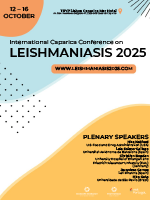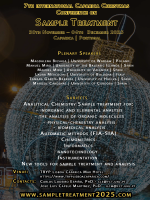Comparative integrated omics approach sterically understanding hepatic metabolic dynamics in mouse model
DOI: 10.5584/jiomics.v7i1.200
Abstract
Currently, the general approach of analysis is using a single omics technique, however the combined analysis of data by employing multiple omics analyses can enable a more fundamental understanding of the biological phenomena. Multi-layered combination of multiple omics technologies involves generation of a large amount of data, which leads to increased complexity and makes comprehension of bio-information more difficult. The objective of this study was to investigate the utility of incorporating multiple omics technologies in a multi-layered fashion. Transcriptomic, proteomic, and metabolomic analyses were carried out using a mouse model of diet-induced obesity. The present study reported the comprehensiveness of three omics analyses and the utility of using multiple omics analyses. Uniform changes were observed among changes at all stages but the majority of these specific to the omics approach. This data supports the fact that various molecules progress through the central dogma at differing speeds. Since the time axis differs for each molecule, combining multiple omics analyses makes it possible to investigate the reactions in organisms three-dimensionally. At first glance, it simply appears that combining a number of very large data sets produces even more complexity but, if multi-layered omics data are treated with an awareness of their meaning, benefits, and limitations, then the combination of multiple omics analyses can be extremely useful for research in molecular biology.









